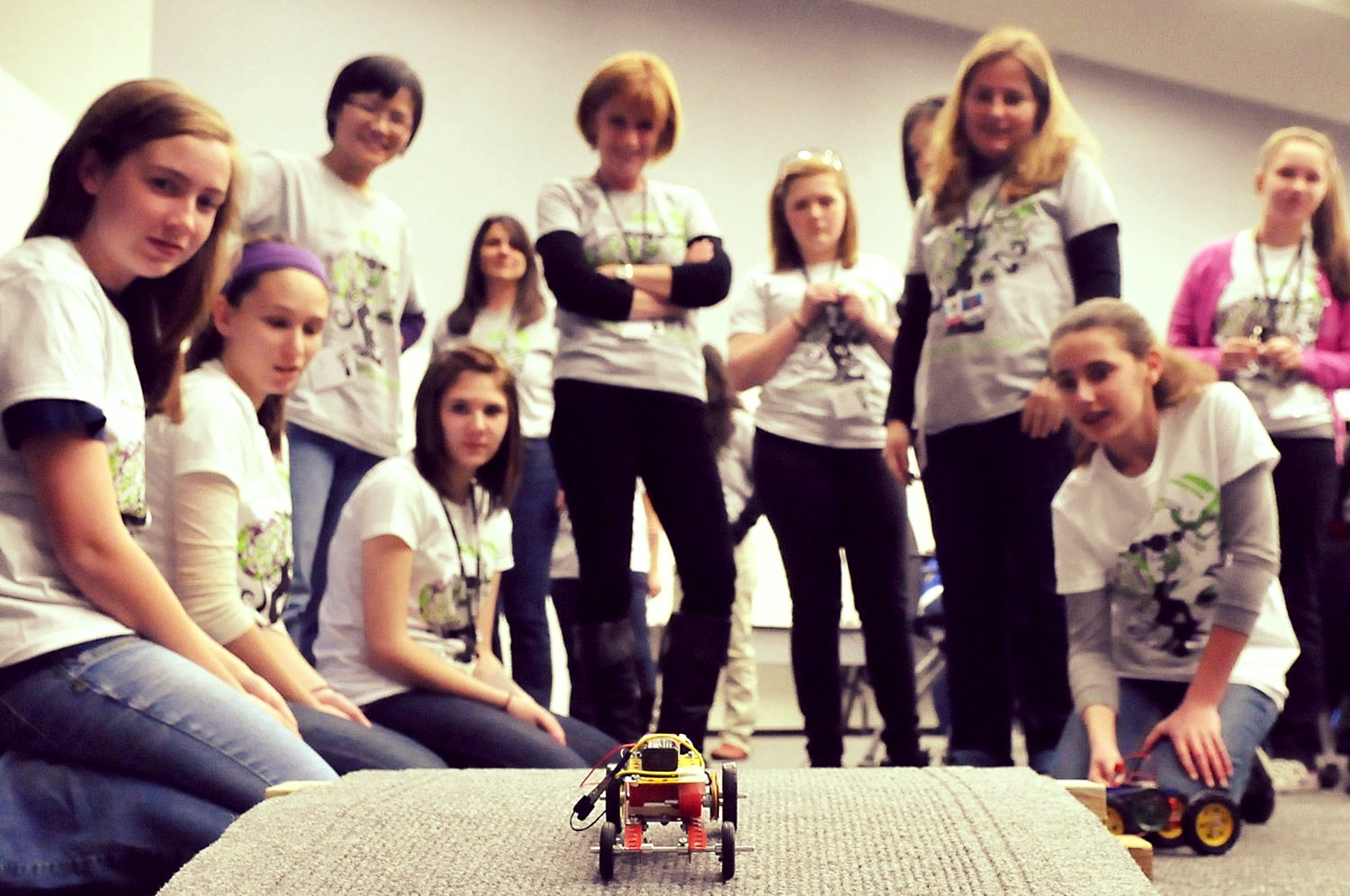By Judith Cortés Vásquez
jcortesv@itesm.mx
The growing worldwide concern for fostering science and engineering education has led many universities and institutions to design programs that will increase children’s interest in these fields of knowledge, and, in particular, encourage girls to enter the realm of science. According to Mexico’s National Science and Technology Council (Conacyt), seven thousand female researchers belong to the National System of Researchers (SNI), which represents 34.9% of SNI members, clearly reflecting the need to inspire young girls to participate in this area.
Connecting girls to the world of science and technology is imperative.
In the specific case of Mexico, the panorama in the area of engineering isn’t any better, since just 22% of researchers are women. Approximately, 40 out of every 100 university students select engineering as their area of study. These figures are extremely low considering the real demand for engineers in the country and indicate that if precise measures are not taken, engineers will have to be hired from other parts of the world in a few years’ time.
Therefore, science and engineering literacy has become of interest not only for those involved in the early stages of education, but also for the universities that will soon be welcoming the scientists of the future into their classrooms. This need has led organizations worldwide to commit to driving children’s interest in science and increasing the participation of girls in this field.
If Mexico does not produce the engineers it needs to meet the demand, the country will have to hire them from other parts of the world.
An interesting case developed in Puerto Rico is the Space Academy created by the Arecibo Observatory. The Space Academy has a program that invites pre-university students to work on a research project related to space exploration, under the close guidance of a team of experts. Students develop skills in mathematics, scientific research and teamwork, while improving their English as a second language and reinforcing their comprehension of the scientific method.
We need to drive children’s interest in science and engineering.
Griffith University, in Australia, is working intensively with robotics programs for sixth-graders to drive their curiosity and develop their skills in the areas of science, technology, engineering and mathematics, through robot programming and interaction, linking the concepts of drones and humanoids, autonomous vehicles and the internet of things, key ideas for the construction of the future. All of this is carried out using robots that are placed in the hands of the children, who naturally and intuitively discover their capacities, thus awakening their passion for science and math.
There is a similar case in Italy, which links students to the Italian National Plan for Digital Education (PNSD) through projects such as “Rethink Loreto: we build our Smart City”, an innovative experience aimed at the need to educate boys and girls for active citizenship. It offers them insight into local issues and allows them to play a role in the search for viable solutions. Students also develop their digital skills and so-called soft skills, which prepare them from a very young age to generate better connections that will enhance the way in which they communicate and interact. It also seeks to support teachers with new tools, methodologies and the maker philosophy for creating things. Primary schools, local institutions and the Università Politecnica delle Marche have come together to participate in this project.
Multiple efforts in different parts of the world are offering innovative ideas that should bear fruit during the next decade, aiming to assure the participation of new young minds in scientific projects that will improve living conditions in every corner of the globe. In Mexico, this task is pending, though every effort that is being made right now will consolidate a better future, in many senses.
About the author
Judith Cortés Vásquez holds a doctorate in Communication, Social Change and Development and is a member of the faculty at Tecnológico de Monterrey, Campus Querétaro. She specializes in new social movements, organizational communication and new technologies.
This article from Observatory of the Institute for the Future of Education may be shared under the terms of the license CC BY-NC-SA 4.0 
)
)


)